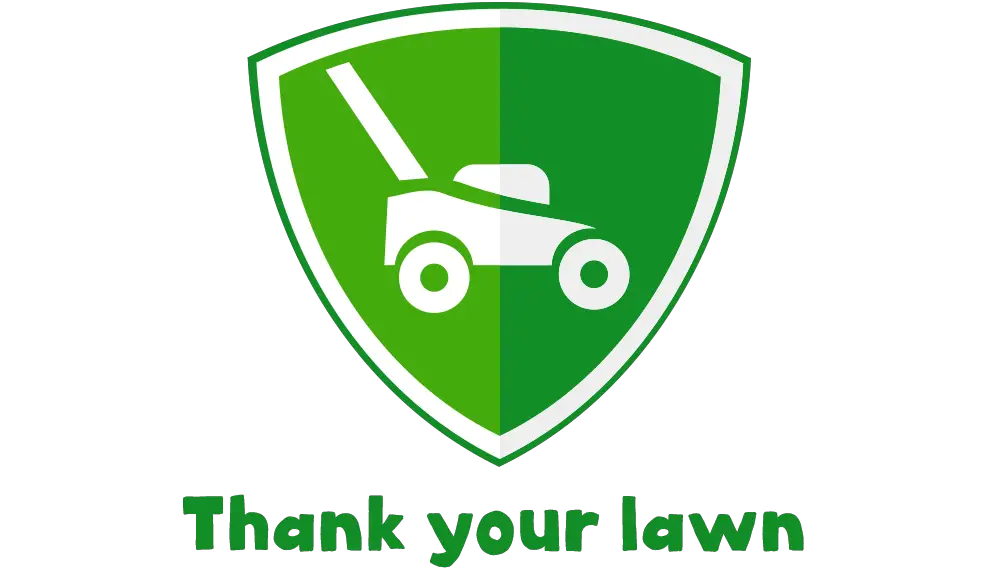For many, do-it-yourself (DIY) projects are more than just a hobby; they are a passion. However, along with the excitement and satisfaction of creating something with your own hands comes the responsibility of ensuring personal safety.
Whether you’re renovating your home, crafting in your garage, or embarking on any DIY task, having the right safety gear is crucial. This article highlights the essential safety equipment every DIY enthusiast should have, including some often-overlooked items like a heart attack AED and safety gloves.
Understanding the Basics of DIY Safety
DIY projects can involve risks, from handling sharp tools to exposure to harmful substances. Adequate safety gear is your first line of defense against potential accidents and injuries. It’s not just about protecting yourself; it’s about ensuring you can enjoy your hobby for years to come without incident.
Essential Safety Gear for DIY Projects
Safety Glasses or Goggles
Protecting your eyes should be a top priority. Whether you’re sawing wood, drilling walls, or dealing with flying debris, safety glasses or goggles are a must to shield your eyes from harm.
Hearing Protection
Prolonged exposure to loud noises from power tools can damage your hearing. Earplugs or earmuffs are essential to protect your ears, especially during extended work sessions.
Safety Gloves
Your hands are your most valuable tools in DIY projects. Safety gloves protect your hands from cuts, abrasions, and harmful substances. Different materials and designs cater to various tasks, from heavy-duty gloves for woodworking to chemical-resistant gloves for painting and varnishing.
Dust Masks or Respirators
Inhalation of dust and chemical fumes can pose serious health risks. A proper dust mask or respirator is vital, particularly when sanding, painting, or working with insulation materials.
Sturdy Footwear
Protecting your feet is just as important as guarding your hands. Durable, slip-resistant shoes or boots can prevent injuries from falling objects, sharp tools, or accidental slips.
Protective Clothing
Depending on the nature of your project, protective clothing like a long-sleeved shirt, work pants, or an apron can shield your skin from irritants and minor injuries.
Heart Attack AED
Though not commonly thought of, having a heart attack AED in your home workshop can be a lifesaver, especially during physically demanding tasks. In the event of a cardiac emergency, this device can provide critical support until professional medical help arrives.
First Aid Kit
A comprehensive first aid kit should be within easy reach. It should include bandages, antiseptics, burn ointment, and any other basic medical supplies you might need in case of minor injuries.
Fire Extinguisher
Work involving wood, paint, or electrical tools can carry a fire risk. Having a fire extinguisher close at hand is a wise safety measure.
Head Protection
If you’re working in an environment where there’s a risk of falling objects or you need to head into tight spaces, a safety helmet can protect you from head injuries.
Conclusion
Safety should never be an afterthought in DIY projects. Equipping yourself with essential safety gear, including often-overlooked items like safety gloves and a heart attack AED, is crucial for a safe and enjoyable DIY experience. Remember, the best DIY project is one where safety comes first, ensuring that you can continue doing what you love safely and effectively.

excellent points altogether, you just gained a brand new reader. What would you suggest about your post that you made some days ago? Any positive?